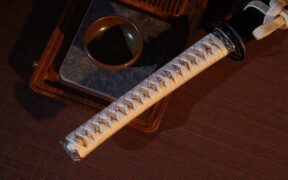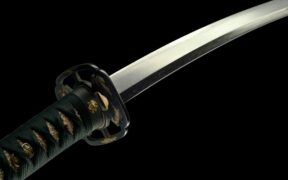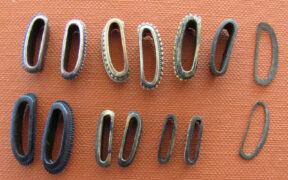Our content features commercial links to our products, committed to transparent, unbiased, and informed editorial recommendations. Learn More
Daito: Exploring the Finesse and Tradition of Japan’s Esteemed Long Swords
NO AI USED This Article has been written and edited by our team with no help of the AI
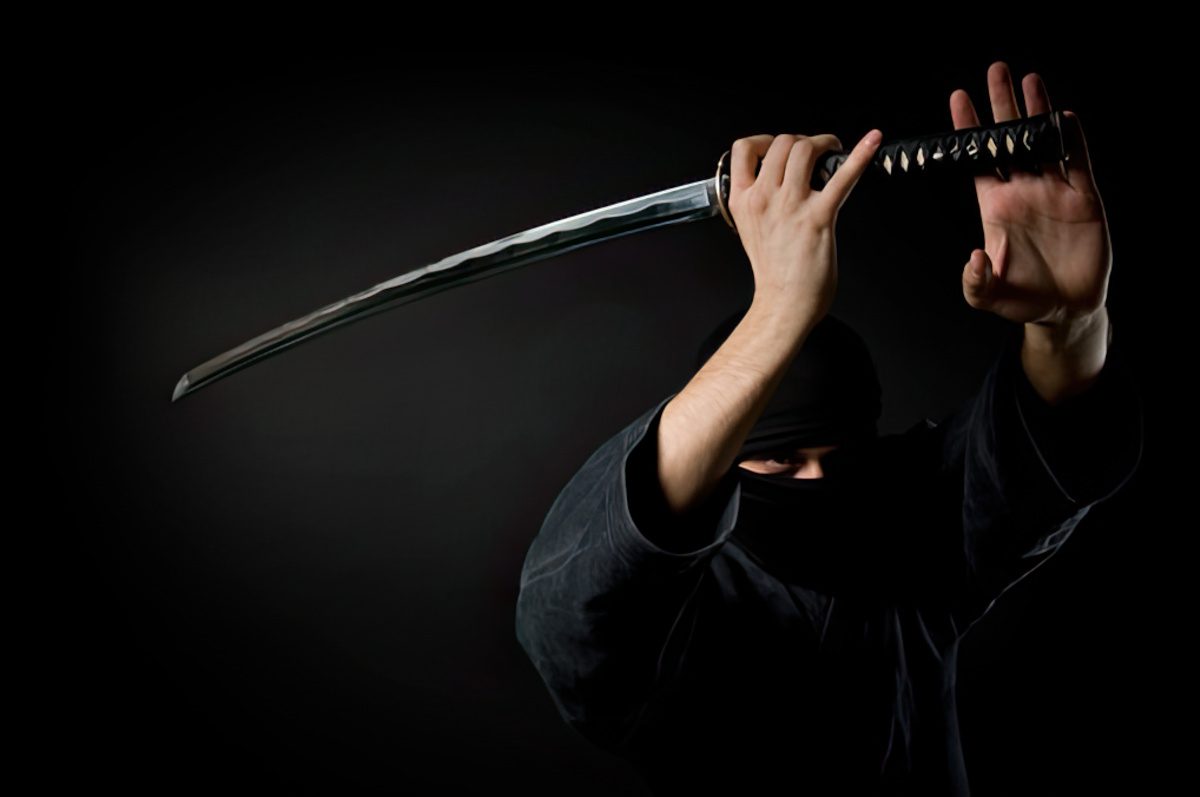
In the world of swords, few are as revered as the daito swords, the long swords of ancient Japan. These legendary weapons have a rich history and a unique cultural significance that has captivated sword enthusiasts for centuries. From the early days of Japan’s feudal period to the height of the samurai era, the daito has played a crucial role in shaping the country’s traditions and cultural identity.
In this article we will take a look at the characteristics of the daito and explore the most noteworthy Japanese long swords.
Characteristics of Daito Swords
Since the term ‘daito’ is used to describe a long sword, the most notable characteristic of a daito sword is its length. To be more specific, for a sword to even qualify as a daito, it needs to have a blade that’s longer than two shaku (approximately 60 cm or 26 inches).
This comes as a result of the fact that Japanese swords have standardized lengths and three separate categories in which the blades can be grouped using shaku, the Japanese unit of length. Based on this concept, Japanese blades can be categorized as:
- Daito (long swords) – if the blade length is more than two shaku
- Shōtō (short swords) – if the blade length ranges between one or two shaku
- Tantō (daggers) – if the blade doesn’t exceed one shaku.
Types of Daito Swords
Although there is an established minimum length for a sword to classify as a daito, the maximum limit is not so strictly defined. Therefore, there are several different types of daito swords, each with their own unique characteristics.
Tachi

One of the earliest forms of a daito sword was the tachi which was used during the Heian period (794 – 1185). It was the first Japanese sword to have a curved blade and it was primarily used by calvary warriors who wore the sword in a jindachi-zukuri style, meaning with the cutting edge facing downwards. This allowed the samurai to draw their sword from horseback and strike their enemies in a single motion.
The overall length of the tachi varied between different models, however, it was typically longer than 24 inches (60 cm).
The weapon was also used during battles on foot. However, its size and weight made it awkward to be maneuvered swiftly. This, along with the abandonment of mounted military tactics for the more favorable infantry strategies, eventually led to the tachi being replaced with a shorter and more agile blade that came to be known as the katana.
Uchigatana
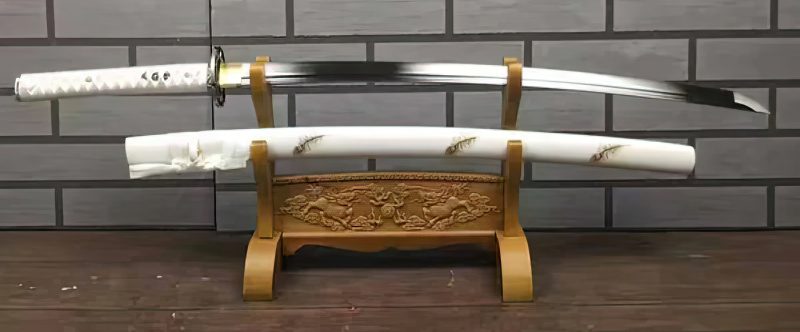
The uchigatana is a type of traditional Japanese sword that is believed to have originated sometime between the Heian and Muromachi period. Its name translates to ‘striking sword’, reflecting the weapon’s primary design and purpose.
A transitional sword, the uchigatana is a precursor to the katana, having emerged during a period of significant change in Japanese sword-making. During this time battles were more focused on individual combat rather than large-scale warfare. Therefore, the uchigatana was often used as a backup weapon to the longer and less agile tachi, especially in close-quarters combat.
It is believed that the uchigatana was typically used by lower-ranking warriors and although it wasn’t as famous as the other daito swords, its transitional period set the blueprint for the development of one of the most legendary swords in history.
Katana
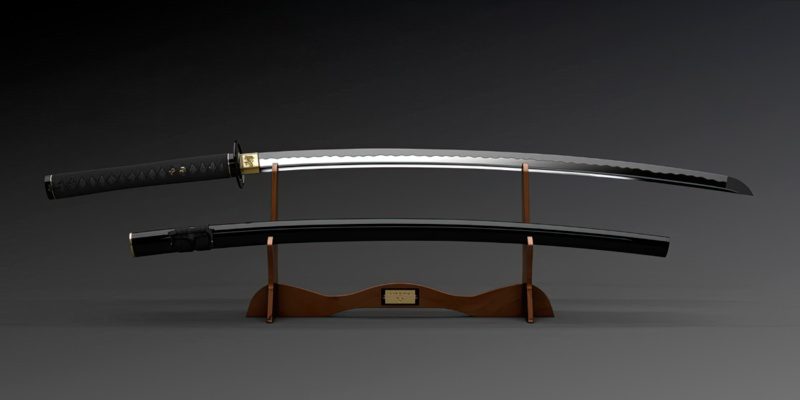
The katana is perhaps the most well-known type of daito sword. Being the tachi’s successor, the katana was introduced during the Muromachi period (1336-1573) as a response to the change in warfare tactics. The sword was slightly shorter and lighter than its predecessor and despite being designed as a two-handed sword, can be wielded using one hand easily.
The katana rose to prominence throughout the feudal period of Japan and was closely associated with the samurai warrior class. In fact, the samurai were required to wear their katana at all times as the weapon also symbolized their status and honor.
In contrast to the tachi, the katana was worn in a buke-zukuri style, or in other words – with the cutting edge facing upwards. This allowed the samurai to draw their swords more quickly and smoothly from its scabbard (saya).
Nodachi
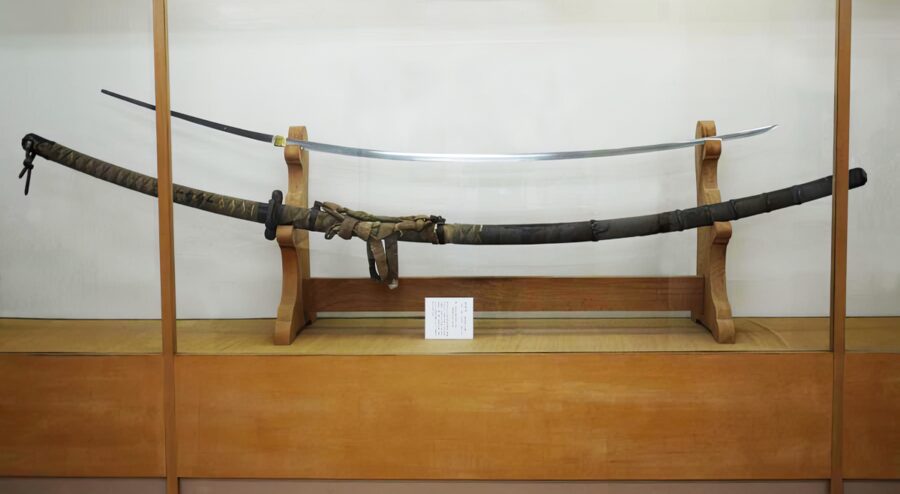
The nodachi, sometimes also referred to as odachi, is a traditional Japanese weapon that was commonly used during the first half of the Feudal period. Its name translates to “field sword”, as it was primarily used by samurai in open battlefields rather than enclosed environments.
The nodachi is a large and imposing sword, with a stainless steel blade that measures around 35-47 inches (90-120 cm). Due to its considerable size and weight, the nodachi required adequate strength and skill in order to be wielded properly.
In battle, the nodachi was often used for slashing strikes that could cut through multiple opponents at once. It was also particularly effective against cavalry units, as its length allowed the wielder to reach higher targets. However, the sword’s size and weight also made it difficult to be maneuvered quickly and therefore, it was often used in conjunction with other weapons.
Nagamaki
The nagamaki, a lesser-known Japanese sword, is a long sword with an exceptionally long tsuka that is typically as long as the blade itself. The blade is single-edged and curved, usually measuring between 23-35 inches (60-90 cm).
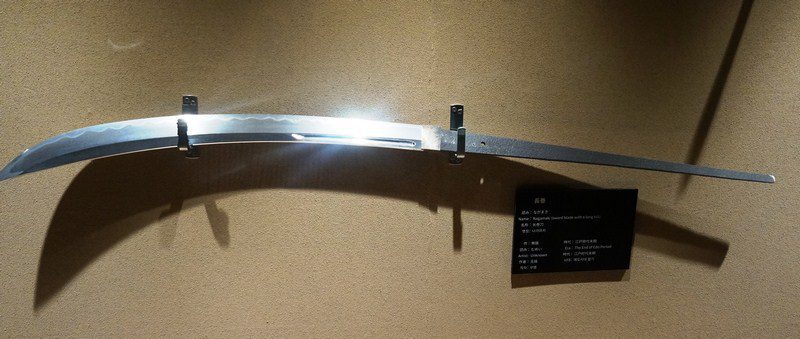
Believed to have developed from the nodachi sword as many of them were only sharpened towards the end of the blade, many warriors began wrapping the lower, blunted section of the sword as a means of extending the handle. It is believed that’s how it gained its name as the term ‘nagamaki’ translates to ‘long wrapping’.
The key advantage of this sword is its versatility as it can be used for both cutting and thrusting. The long blade of the sword allows the wielder to strike from a distance while the handle provides leverage for delivering powerful cleaving blows. The curved blade design also makes it effective at slicing through armor and other defensive materials.
Although the nagamaki isn’t as well known as other traditional Japanese weapons such as the katana or the wakizashi, it’s still an important weapon of the samurai warriors and remains an interesting and unique part of Japanese sword history.
Crafting A Daito Sword
One of the most fascinating aspects of the daito is the unique craftsmanship that went into creating these legendary swords. Japanese swordsmiths were revered for their skill and attention to detail, and each sword was crafted with great care and precision. The process of making a daito involved several steps, including smelting the iron, forging the blade, and applying the finishing touches.
The blade of the daito was made from the purest type of steel known as tamahagane, which was created by smelting iron sand in a charcoal fire. The resulting steel was then folded over and over again, creating a layered pattern that gave the blade its unique appearance. The blade was then polished to a mirror-like finish and fitted with a handle made from materials such as white oak, ivory, or bone.
Significance of The Daito Swords
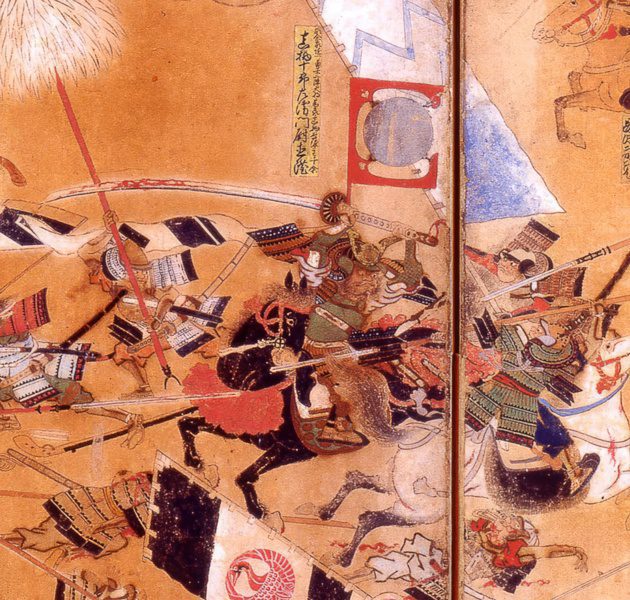
Samurai swords played a significant role in Japanese history, particularly during the feudal period (1185-1603). During this time, the samurai class held significant power and the daito swords became a symbol of their status and prowess in battle. Many samurai were trained in the use of these weapons and were considered masters of the art of swordsmanship.
The daito swords also had spiritual significance in Japanese culture. The swords were considered sacred object and were believed to contain the soul of its owner. Samurai would often perform rituals to purify their swords and imbue them with spiritual power. In addition, according to many myths and legends, it was believed that they could even ward off spirits.
Conclusion
In conclusion, the daito swords are a testament of the skill and ingenuity of Japanese swordsmanship and they have been the prestigious weapon of the samurai for centuries. Whether you’re a collector, martial arts enthusiast, or simply interested in Japanese history, the daito swords are a fascinating weapon that’s worth exploring.
